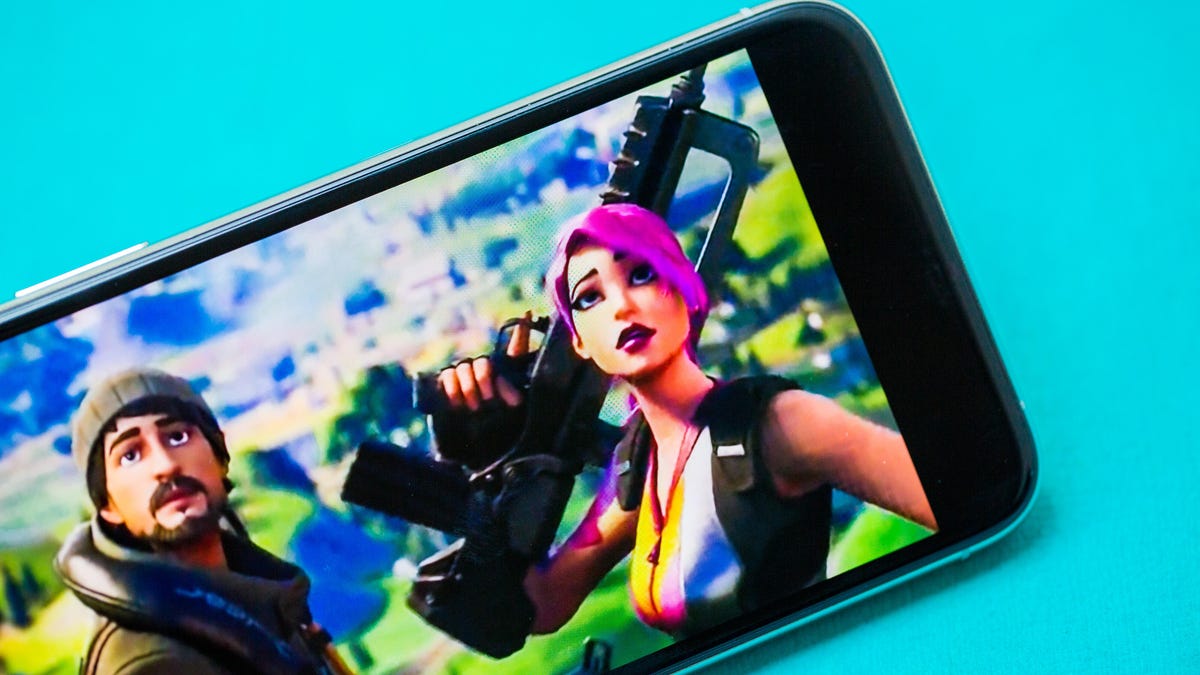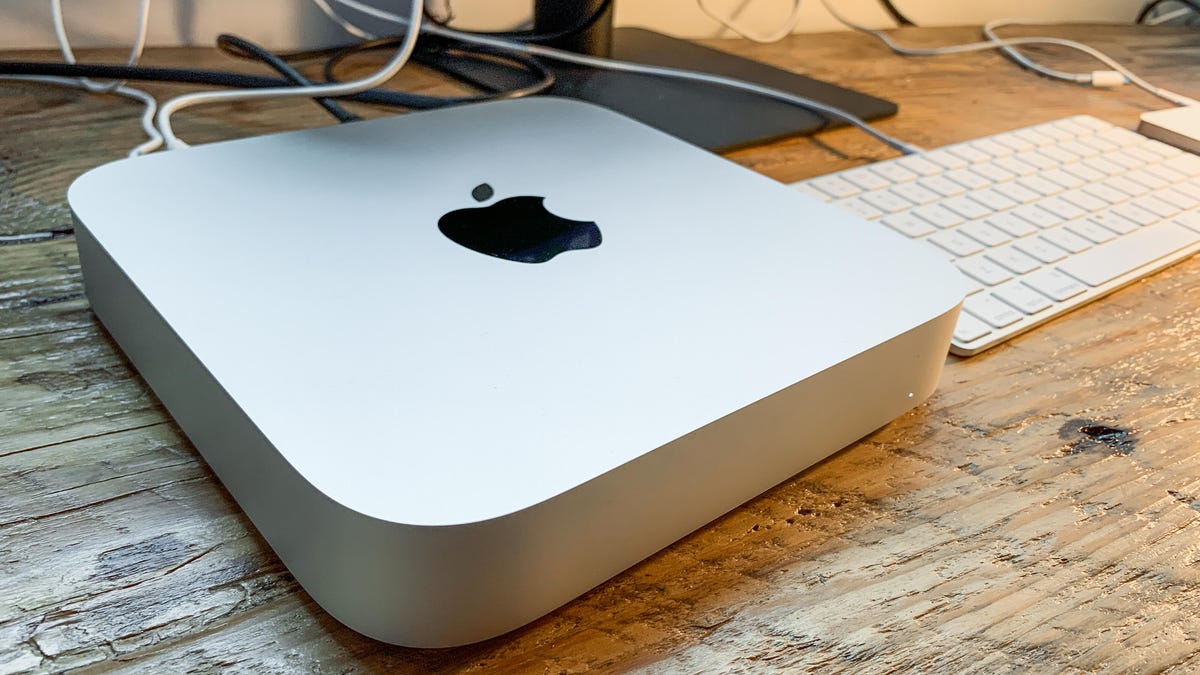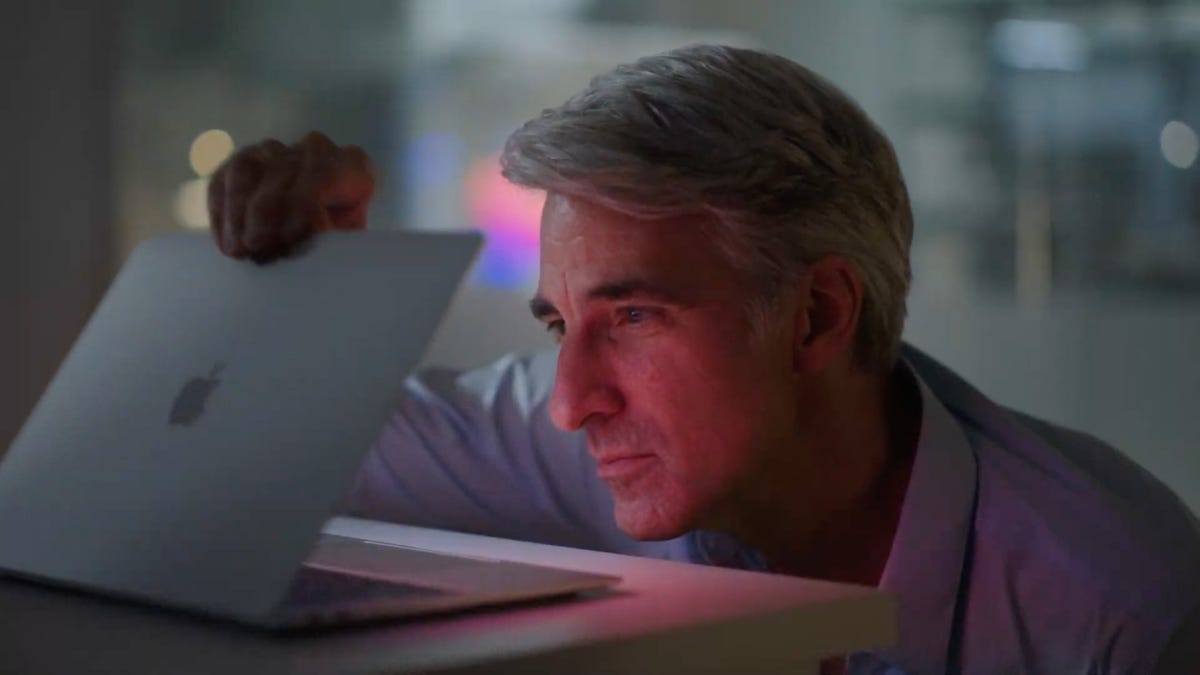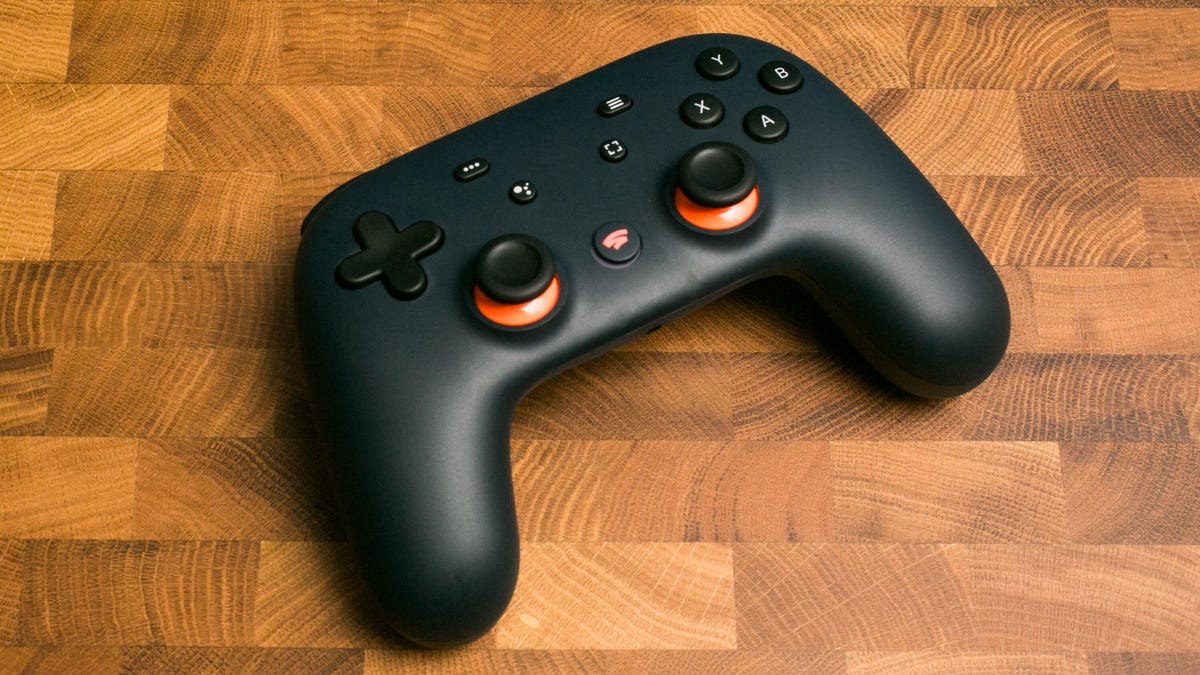
Sherlock and Watson, peanut butter and jelly, Netflix and chill. Since 2008, Apple has created that sort of inextricable link between its iPhones and its App Store. The company’s “there’s an app for that” ad campaign drew millions of people, who over the years have bought more than a billion iPhones. And since the App Store was the only place to get programs for the iPhone, millions of developers flocked to Apple too. Now the tech giant is confronting questions about whether it’s running a monopoly, forced into the topic by Fortnite maker Epic Games and Epic’s lawsuit alleging an abuse of power.
On Monday, Apple will face off against Epic in a California court over a seemingly benign issue around payment processing and commissions. In short: Apple demands app developers use its payment processing whenever selling in-app digital items, like a new look for a Fortnite character or a celebratory dance move to perform after a win.
The iPhone maker says that using its payment processing setup guarantees security and fairness, and it takes up to a 30% commission on those sales in part to help run its App Store. Epic, however, says Apple’s policies are monopolistic and its commissions too high.
On its surface, the lawsuit reads like a corporate slap fight about who gets how much money when we all buy stuff in apps. But the outcome of this case could change everything we know not just about the App Store, but about how mobile transactions work on other platforms like the Google Play store. It could invite further scrutiny from lawmakers, who are already looking at whether companies like Apple and Google wield too much power.
“This is the frontier of antitrust law,” said David Olson, an associate professor who teaches about antitrust at the Boston College Law School.
What makes this case unusual, Olson said, is that it attempts to challenge how modern tech companies work. Apple touts its “walled garden” approach — where it’s approved every app that’s offered for sale on its App Store since the beginning in 2008 — as a feature of its devices, promising that users can trust any app they download because it’s been vetted.
Aside from charging an up to 30% fee for in-app purchases, Apple requires app developers to follow policies against what it deems objectionable content, such as pornography, encouraging drug use or realistic portrayals of death and violence. Apple also scans submitted apps for security issues and spam.
“Apple’s requirement that every iOS app undergo rigorous, human-assisted review — with reviewers representing 81 languages vetting on average 100,000 submissions per week — is critical to its ability to maintain the App Store as a secure and trusted platform for consumers to discover and download software,” the company said in one of its filings.
For its part, Epic has argued that Apple’s strict control of its App Store is anticompetitive and that the court should force the company to allow alternative app stores and payment processors on its phones. “Apple is bigger, more powerful, more entrenched and more pernicious than monopolies of yesteryear,” Epic said in an August legal filing. “Apple’s size and reach far exceeds that of any technology monopolist in history.”
Epic isn’t the only company making this case. Music streaming service Spotify notably complained to European Union regulators, saying that Apple’s 30% commission and App Store rules breached EU competition laws. On Friday, the EU’s competition commissioner said that a preliminary investigation found “consumers losing out” as a result of Apple’s policies. Apple will have an opportunity to respond to the commission’s objections ahead of a final judgment on the matter. If it loses, Apple could be slapped with a fine of up to 10% of its annual revenue and be required to change how it applies fees to streaming services, at least within the EU.
Apple is also facing increasing scrutiny in the US, where lawmakers earlier in April held a hearing with representatives from the iPhone maker and Google, as well as from Spotify, dating app maker Match and tracking device maker Tile. During the hearing, both Spotify and Tile argued that Apple’s moves were monopolistic. (They made similar arguments about Google too.)





